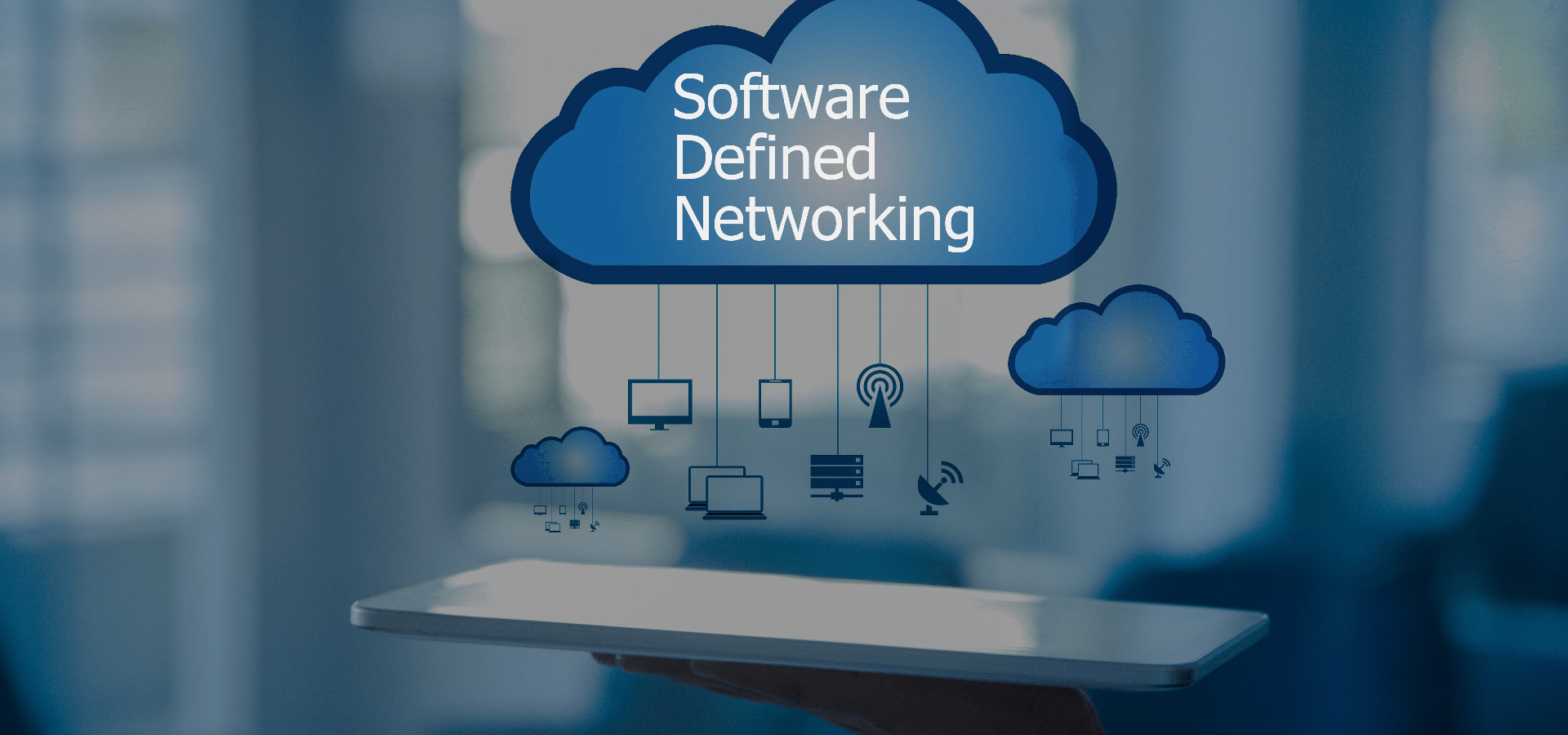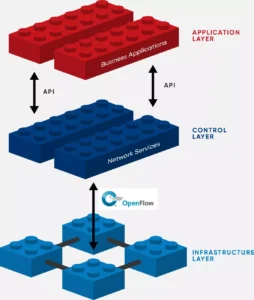
What is Software Defined Networking?
Table of Contents
Software Defined Networking (SDN) looks to address a common question that even consumers must battle when buying anything.
How long will the thing I purchase last before I have to replace it?
Businesses face similar market pressures that myself or any other individual must face each day. This is something we tend to forget about unless we live and breathe business development in our day-to-day lives. A business is not only a business but a consumer to other businesses. This business-to-business (B2B) relationship has many of the same concerns a private consumer does. There must be a balance to the cost, the value, the warranty of something purchased, whether it is a digital good or a physical good.
Hopefully I have given you a reason to empathize with a business and enticed you to continue reading.
Software Defined Networking is the practice of approaching network architecture in a way that enables the network to be centrally controlled using software applications. The goal is to allow network operators the ability to manage the entire network with consistency, regardless of the underlying network technology. The short version is that SDN opens a traditionally closed or proprietary platform and allows complete governance regardless of the complex underlying technology.
Traditional Deployment - Locks Carriers Down
Throughout the 20th century and beginning part of the 21st century the hardware developed for telecommunications technology was developed with purpose specific functions in mind. This type of development was the normal practice before the Open-Source movement became the force that it is today. In retrospect the implementation of cellular networks in the past was not at as elegant as the SDN method we will discuss. Here are some issues with the traditional method of hardware-based solutions:
- Creates a walled garden that locks carriers to a specific vendor.
- Specialized hardware and software require additional training by the vendor so that the CSP's staff can manage the network.
- Upgrade paths are not flexible and the existing hardware must be replaced entirely when a new standard is introduced.
- Components are typically not scalable as performance and capacity requirements increase.
The difference between then and now is that as the 21st century began the cost of CPU's has decreased to allow commercial solutions that many carriers use such as a software-defined radio and a Softswitch. SDN extends that process into the design of a mobile network by moving almost all network functions into software. In this type of architecture we will designate it as Software-defined Mobile Networking (SDMN).
Software Defined Networking - Sets Carriers Free
 The difference in a traditional hardware driven network is exactly that. When you have protocol-specific hardware and upgrades are needed that means ripping out and replacing thousands if not millions of dollars worth of equipment only to do so again when a new protocol requires it. These digital signal processors (DSPs) and field-programmable gate arrays (FPGAs) were typically CPUs custom designed and soldered in place.
The difference in a traditional hardware driven network is exactly that. When you have protocol-specific hardware and upgrades are needed that means ripping out and replacing thousands if not millions of dollars worth of equipment only to do so again when a new protocol requires it. These digital signal processors (DSPs) and field-programmable gate arrays (FPGAs) were typically CPUs custom designed and soldered in place.
SDMN instead uses software-defined radios meaning that protocol-agnostic digital receivers are used instead. CPUs are so powerful today that more elegant software solutions with almost infinite upgrade paths mean that carrier lock-ins are a thing of the past. The whole purpose of SDMN is to uncouple the user from hardware allowing them to purchase commodity components and still provide powerful management of the network.
You can take a deeper dive in to the architecture behind SDN by visiting Open Networking who is an operator-driven, community-led non-profit consortium fostering and democratizing innovation in software-defined programmable networks. I love their mission and you will too if you are a carrier who understands the pain from the lock-ins that many RAN and RAT vendors force you in to in order to continue servicing your customers.
Software Defined Networking - What Are The Benefits?
SDMN has many benefits to carriers, especially smaller ones who may be bootstrapping their way along. These benefits start with the characteristics of a network that is software-defined. Typically these networks have software-defined radios as I mentioned along with the use of software switches and software-based transcoders and commodity components. Another key characteristic is the ability to have your network centralized, distributed in the cloud, or a hybridization implementation.
Those characteristics play into some huge advantages for smaller carriers including;
- Protocol-agnostic hardware means that upgrades, even those across technologies, are software-only. This allows site-by-site modifications to technology.
- Commodity Equipment allows;
- Lower maintenance because vendors who can service the equipment is broad
- Lower cost to purchase the equipment since it is not specialized to a specific vendor
- The cost of entry for knowledgeable staff is significantly lower because the hardware runs on software systems the teams are already familiar with
- Monitoring opportunity is plentiful because the underlying software is a well-known operating system.
- Components can be scaled quickly since they are commodity and a standardized configuration can provide quicker disaster recovery with plug and play capabilities
We already see many VOIP companies who operate entirely within the cloud. As cellular telecommunications proceeds to adopt more IP standards and LTE evolves into it's final form, don't be surprised to see a greater densification of cellular radios with microsites and open access-points, and campus WANs that provide almost perfect coverage in all but the most difficult to overcome terrains. All of those solutions can be made possible with SDMN.
If you enjoyed this content, please consider subscribing to get future updates!

